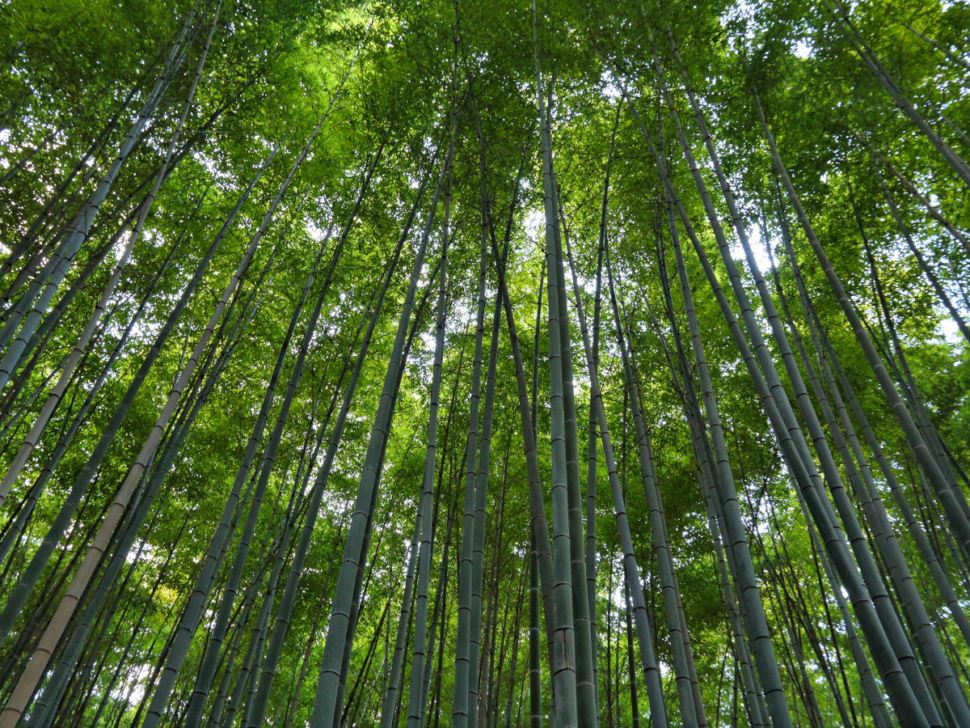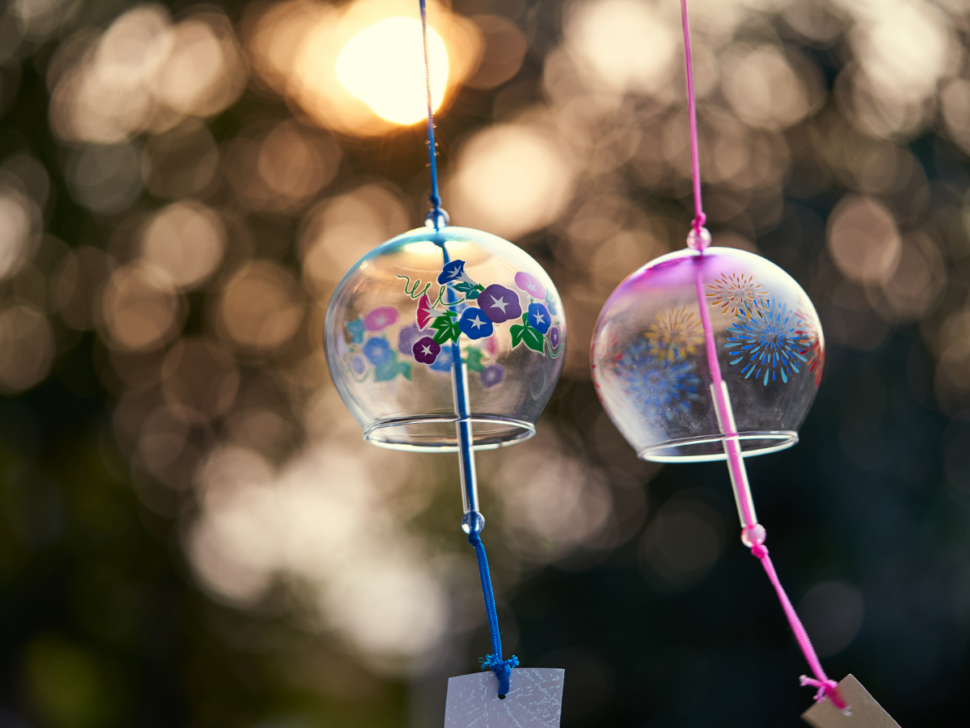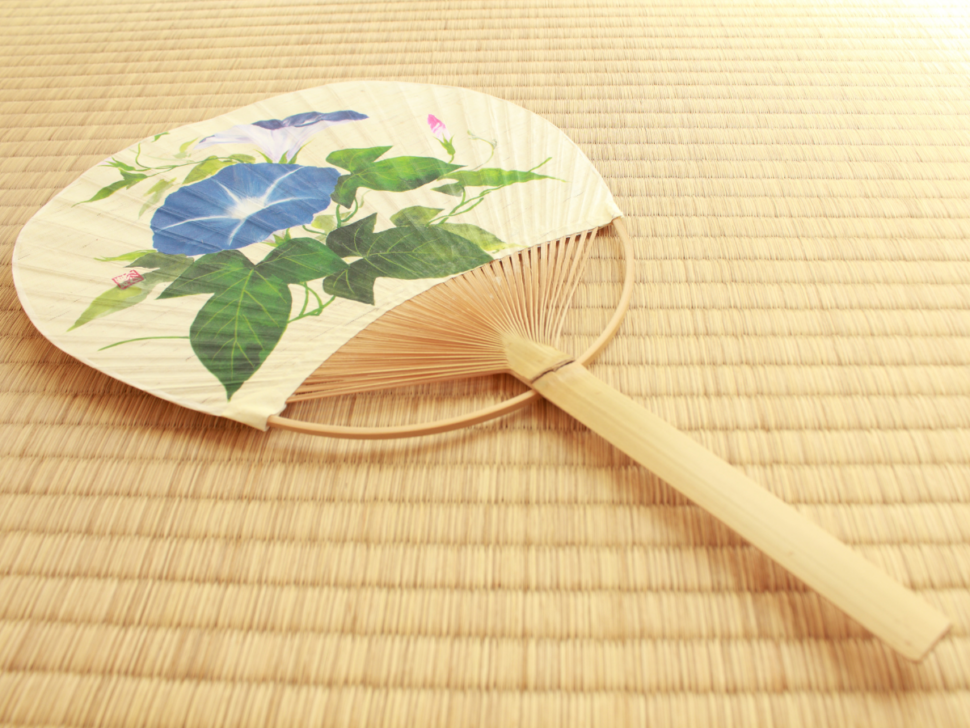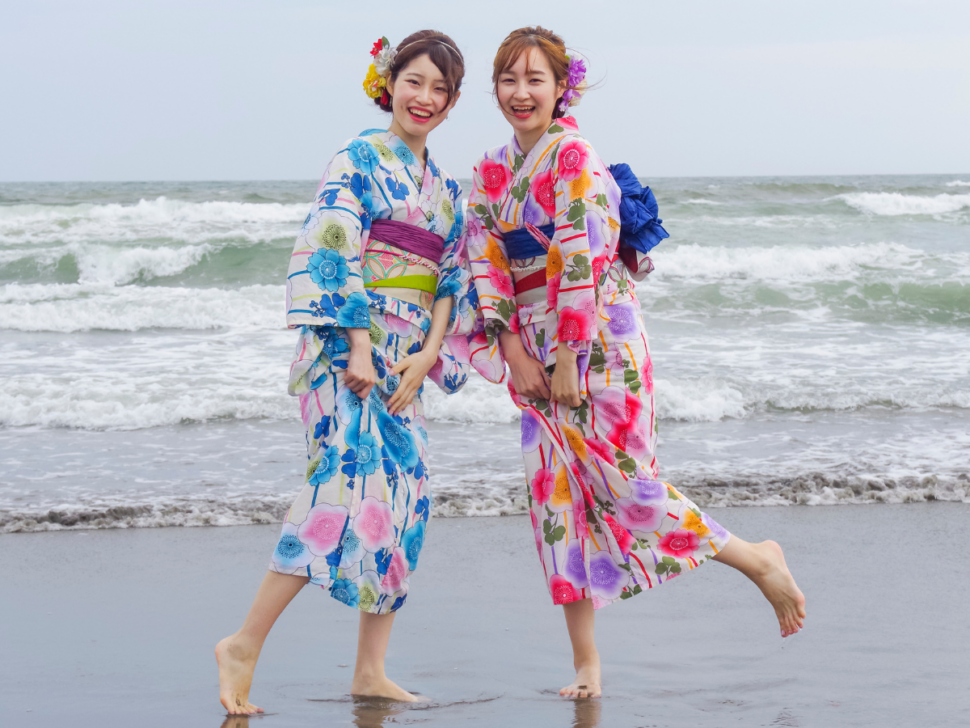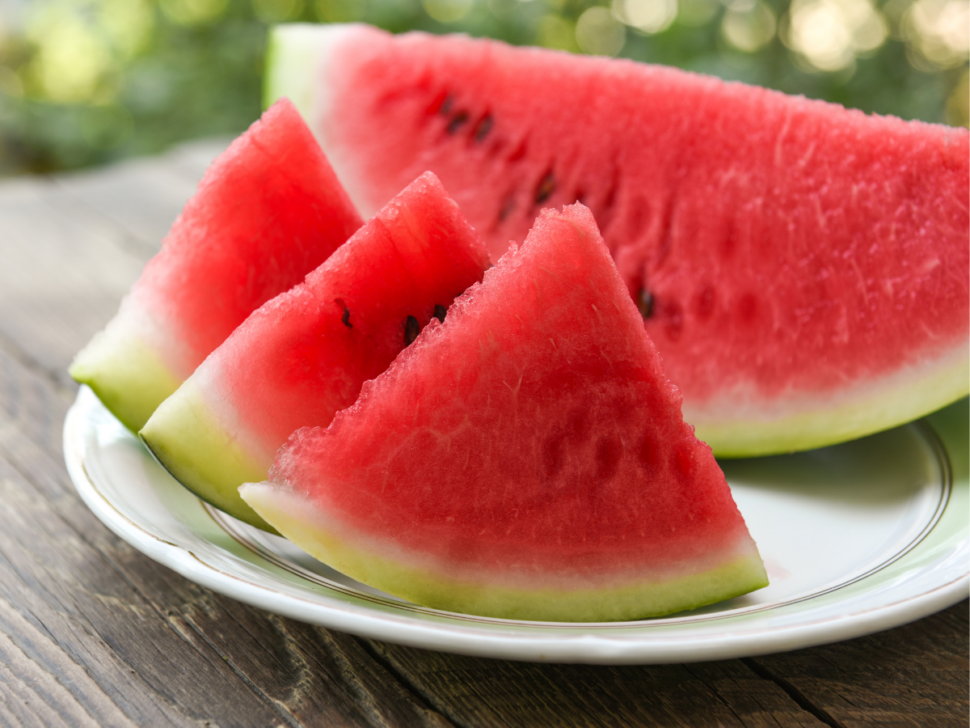10 Symbols of Summer in Japanese Culture
Summer, known as 夏 (なつ), is filled with tradition and culture in Japan. As a country that has hot summers, Japan has learned to adapt. Summer has become a time of fun and festivities with many ways to beat the heat! Here are some common sights in Japan during the summer months!
Matsuri (まつり)
Matsuri (まつり) is the Japanese word for festivals. While they do occur year round in Japan, summertime is festival season. Many of the country’s biggest festivals and celebrations occur during this time. Matsuri are famous for food, performances. Parades, fireworks, and games! Games including goldfish scooping, superball scooping, and yoyotsuri are common summer festival games.
Fireworks (花火, はなび)
Like many places around the world, Japan loves fireworks (花火, はなび) during the summer! Throughout the summer months, especially July and August, firework shows are common all around Japan. Some are put on just for fun while others are done to celebrate holidays and matsuri.
Cicadas (蝉, せみ)
When you hear cicadas in Japan, you know summer has started! When you are outside the noise of the big cities, you are more likely than not to hear cicadas singing. Cicadas (蝉, せみ) are insects that produce a high pitched buzzing sound. You will hear their singing during the daytime into dusk, and they fall silent by nighttime. The sound of cicadas buzzing in harmony is so noticeable and commonplace that it known as 蝉時雨 (せみしぐれ), shower of cicadas.
Furin (風鈴, ふうりん)
Furin (風鈴, ふうりん) are another sound of the summer! These are Japanese windchimes made from glass, paper, and string. A glass orb is hung on a string, usually with a paper tassel hanging from it. When the wind blows, the sting will tap against the edge of the glass and create a pleasant chime. Since Japan’s summers are so hot and humid, furin are a way for people to know a nice breeze has arrived. Furin can be seen all over Japan in the summer hanging from the eaves of homes and businesses.
Uchiwa (団扇,うちわ)
Fans have a long and important history in Japan. The uchiwa (団扇,うちわ) is a non-folding fan that is used to cool off in the heat. These fans, which are traditionally made of bamboo and paper, are a common sight during the summer. They are popular souvenirs and gifts during this time of year. It is also common to see them used in dances at summer matsuri. The fans often have patterns, illustrations, and calligraphy on them. They are sometimes even used by businesses to advertise!
Sensu (扇子, せんす) fans are also used as a means to cool off. However, these fans are more often used in performances, at temples and shrines, and in other traditions. They are sometimes even used for protection!
Higasa (日傘, ひがさ)
Higasa (日傘, ひがさ) are parasols made to block the sun. These parasols are a type of wagasa (和傘, わがさ), a Japanese umbrella made from bamboo and washi paper. They are delicate and intricately made and come in a variety of patterns and colors available. Wagasa and higasa cannot be used in the rain due to being made of paper; typical plastic umbrellas are used for rainstorms. Wagasa are also used during performances, especially by geisha.
Shochu mimai (暑中見舞い, しょちゅみまい)
Shochu mimai (暑中見舞い, しょちゅみまい) are greeting cards sent during the summer months. They are sent throughout July, all the way until August 7th. August 7th was the first day of autumn on the lunar calendar. Any card sent after the 7th to the end of August is known as zansho mimai (残照見舞い, ざんしょうみまい), or late summer greeting. Shochu mimai are sent as a way to wish friends and loved ones well during the summertime. Because Japan’s summer is so hot, the risk of heatstroke and other related illnesses is more prevalent. Shochu mimai are a way to check in on loved ones and remind them to be safe.
Yukatas (浴衣, ゆかた)
Yukatas (浴衣, ゆかた) are the clothing of the summer. They are a lightweight version of the kimono, made from thin cotton to help beat the heat. Yukatas were originally used as bathrobes and are still worn around onsen. However, yukatas are most often worn at summer festivals. Western clothing has been more popular than traditional Japanese clothing since the mid-twentieth century. So, special occasions, such as festivals, are some of the only times when yukata are worn. Kimonos and yukatas are worn with wooden platform sandals known as geta (下駄, げた). Special socks known as tabi (足袋, たび) are worn with geta, but typically not when wearing a yukata in the summer.
Kakigori (かき氷, かきごうり)
Kakigori (かき氷, かきごうり) is an iconic summer snack in Japan. This treat consists of shaved ice and flavored syrup. The ice is light and fluffy, similar to the consistency of snow, and is piled high in its dish. Kakigori syrup comes in a variety of flavors, but fruit flavors like strawberry, melon, and cherry are most common. Green tea is also a popular flavor! Condensed milk is drizzled on top for added sweetness. Other toppings such as dango, fruit, and even ice cream, are also added.
Watermelon (西瓜, スイカ)
No summer in Japan is complete without watermelon! Watermelon (西瓜, スイカ) is huge in the summer since it is such a refreshing treat. Watermelon is eaten at parties, sold by vendors, or enjoyed at home. Japan loves watermelon so much, there was even been a game invented for it! Watermelon splitting, known as suikawari (スイカ割り, スイカわり), is a game with similar rules to the piñata. For each turn, the player is blindfolded and spun around. They are given a bat and must hit the watermelon, which is laid on the ground on a sheet. Whoever hits and cracks the watermelon first wins. The watermelon is then shared among the participants. This game is especially popular at the beach, at picnics, and other similar summer events.


